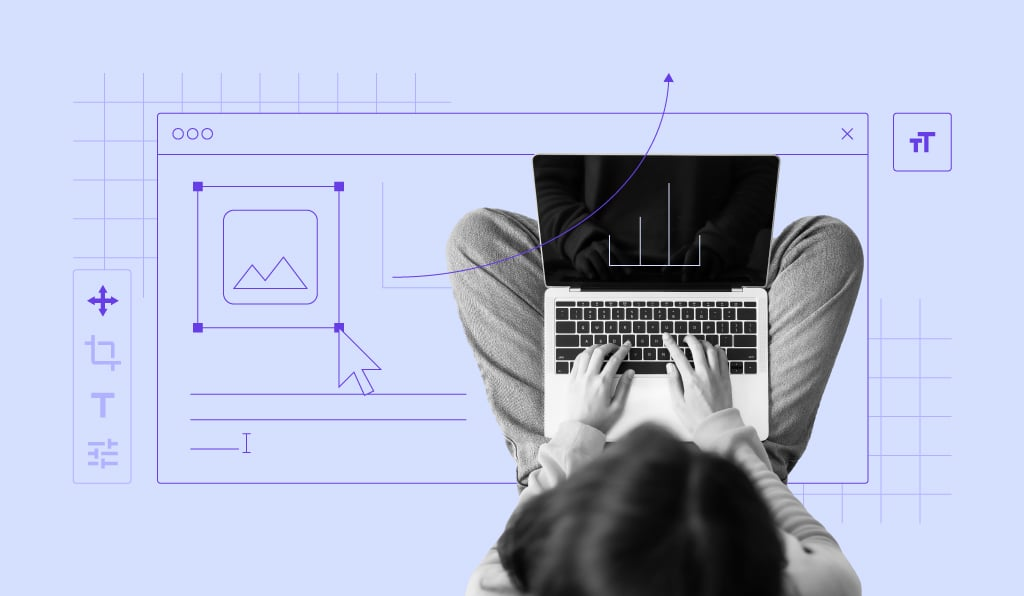
In the fast-evolving world of digital design, artificial intelligence (AI) is playing a transformative role. AI-generated website design is rapidly advancing, offering businesses and individuals the ability to create functional, aesthetically pleasing websites with minimal effort. As we look to the future, one of the most compelling trends is the fusion of AI-generated design with minimalism—a movement that prioritizes simplicity, clarity, and user experience.
Content Table
| S.no. | Content |
| 1 | The Rise of AI in Web Design |
| 2 | Why Minimalism? |
| 3 | AI and the Future of Minimalist Design |
| 4 | The Challenges of AI-Driven Minimalism |
| 5 | Conclusion |
The Rise of AI in Web Design
AI has revolutionized web design by automating repetitive tasks, optimizing user experiences, and personalizing content. AI-powered tools can generate layouts, select color schemes, and even write copy based on user intent and branding guidelines. This automation reduces development time and costs, making high-quality website design more accessible to everyone.
Why Minimalism?
Minimalism in web design is about removing excess and focusing on what truly matters. It enhances readability, improves navigation, and ensures that users are not overwhelmed by unnecessary elements. A minimalist approach aligns perfectly with AI-driven design as it reduces complexity, making it easier for algorithms to generate clean and effective layouts.
AI and the Future of Minimalist Design
- Automated Simplicity: AI can analyze industry trends and user preferences to generate minimalistic designs tailored to specific audiences. By eliminating clutter and emphasizing whitespace, AI can create seamless user experiences.
- Smart Personalization: AI-driven websites can dynamically adjust layouts and content based on user interactions, ensuring a streamlined experience without excessive elements.
- Optimized Performance: Minimalist designs lead to faster load times, and AI can further optimize performance by compressing images, minimizing code, and recommending best practices.
- Accessibility and Inclusivity: AI tools can ensure that minimalist websites meet accessibility standards, making them user-friendly for individuals with disabilities.
The Challenges of AI-Driven Minimalism
Despite its advantages, AI-generated minimalist design has challenges. Achieving true minimalism without making a site feel too bare or impersonal requires careful balancing. AI must continue to evolve in understanding human emotions, aesthetics, and brand storytelling to create meaningful designs that resonate with users.
Conclusion
The future of AI-generated website design is closely tied to the principles of minimalism. By leveraging AI to create sleek, intuitive, and efficient websites, businesses can enhance user experiences while maintaining brand identity. As AI technology advances, we can expect even smarter, more refined design solutions that embrace the essence of minimalism—simplicity, functionality, and elegance.

